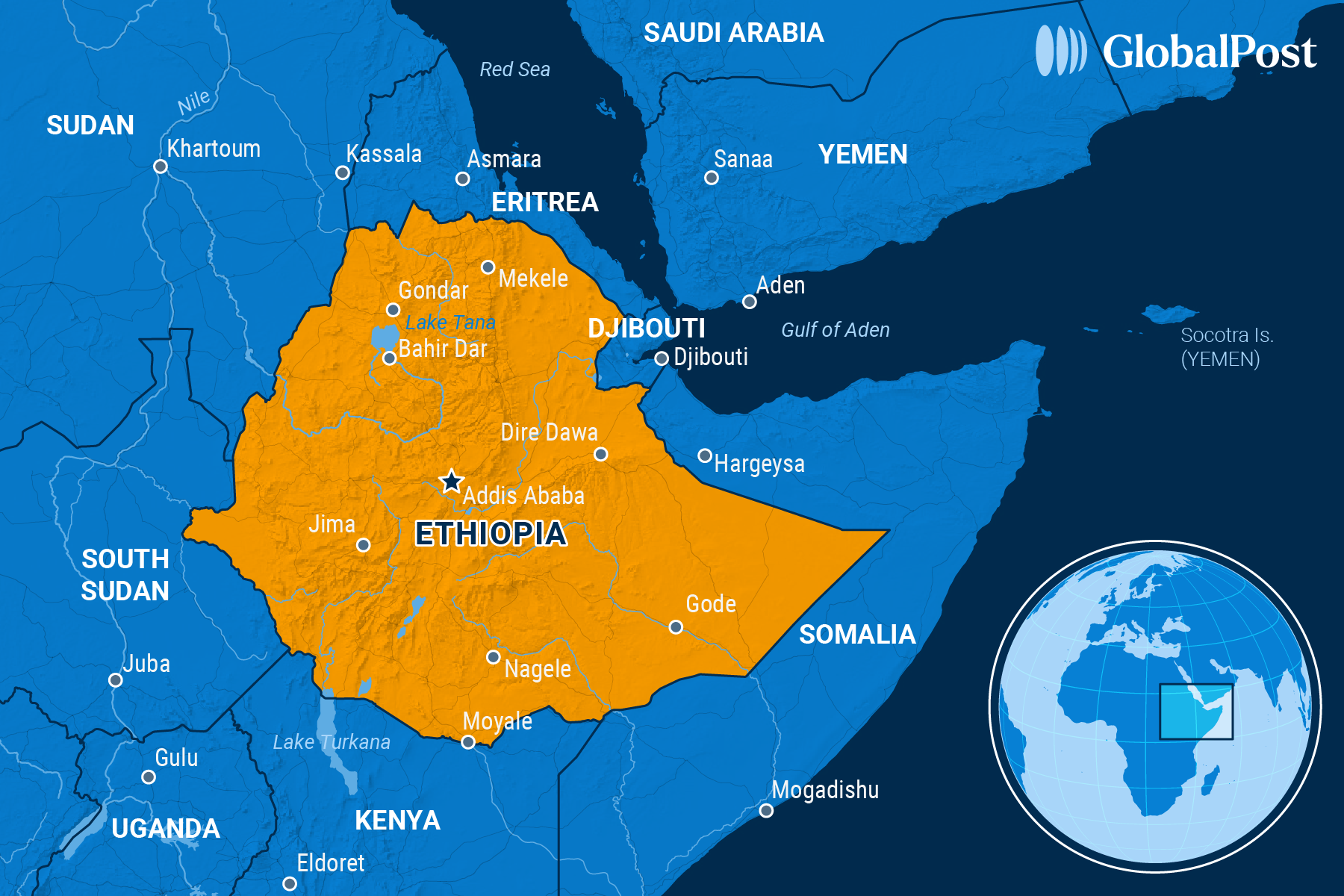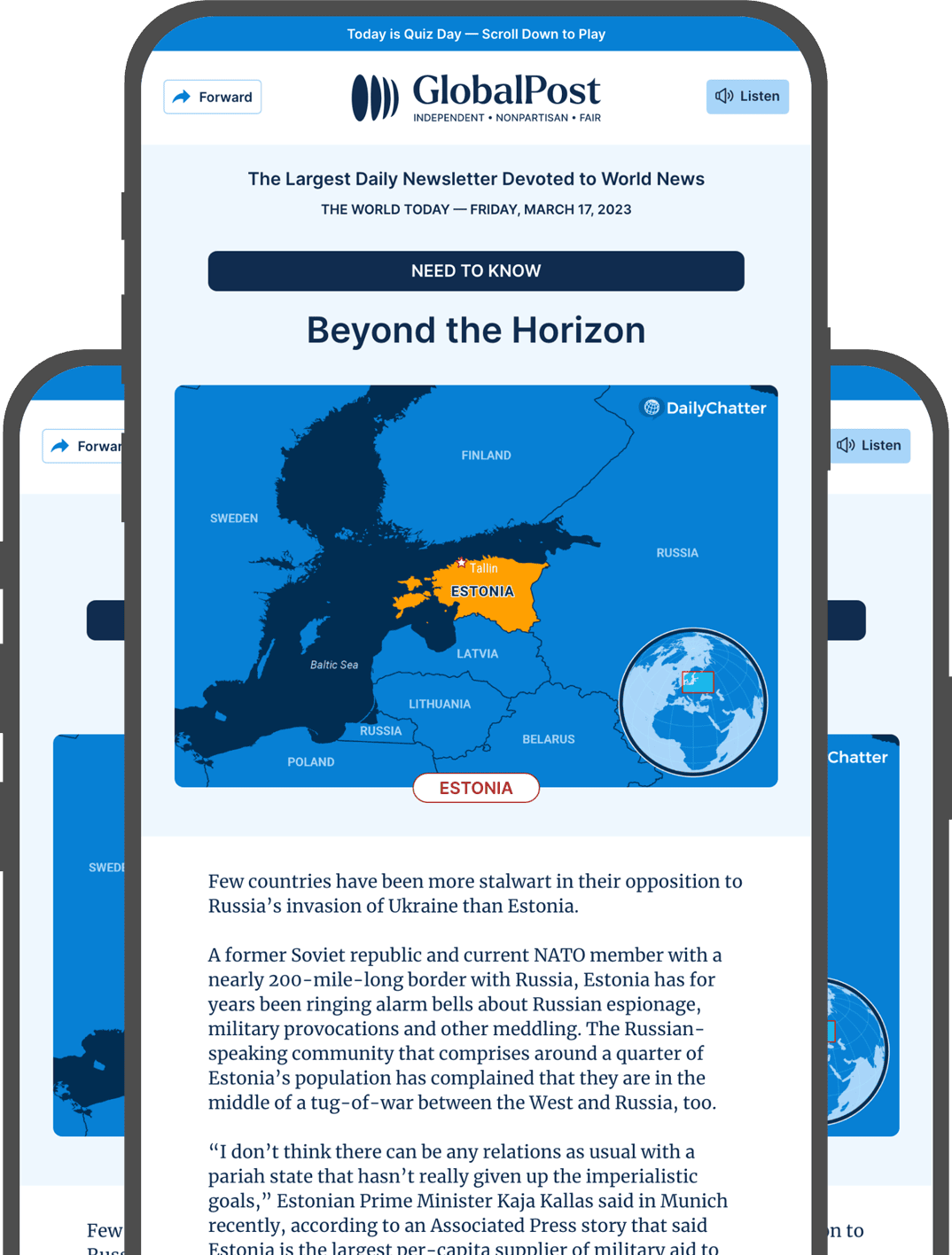When a Faulty Peace Sows War

In November 2022, the Tigray People’s Liberation Front (TPLF) signed a peace deal with the Ethiopian government, ending two years of an extraordinarily brutal war that cost hundreds of thousands of lives.
Now, war is brewing again in the war-torn semi-autonomous northern region but this time it’s likely to be sparked because of a growing power struggle between the two top officials in the region and issues left unaddressed by the peace deal.
“Some say the Pretoria agreement stopped the gunfire, but the genocide hasn’t ended,” Gebreselassie Kahsay, a lecturer at Mekele University in Tigray’s capital told German broadcaster Deutsche Welle.
The war in Tigray broke out in late 2020 after Ethiopian Prime Minister Abiy Ahmed launched a military operation to oust Tigray’s ruling party, the TPLF, a former Marxist-Leninist liberation movement that evolved into a political party. It had ruled the entire country with an iron fist for 30 years before being ousted in a popular uprising that brought Abiy to power in 2018. The region’s leaders had been defying Abiy and he had had enough.
To subdue Tigray, Abiy enlisted tens of thousands of fighters from Amhara, a region next to Tigray and also troops from Eritrea, which had been part of Ethiopia until breaking away in 1993.
The resulting war killed 600,000 people and displaced more than five million. Tens of thousands of women were raped and dozens of villages and towns were destroyed. The Ethiopian military’s complicity in war crimes, crimes against humanity and genocide led to Western sanctions.
After the fighting mostly stopped with the peace deal, Abiy set up an interim administration for Tigray. However, he rejected Debretsion Gebremichael, head of the TPLF party, as leader of the region. Instead, the TPLF’s deputy chairman, Getachew Reda, who had led its delegation at peace talks, was chosen as president of the newly established Tigray Interim Regional Administration (TIRA).
As a result, in the fall of 2024, the TPLF expelled Getachew and 15 other party members. Getachew, in turn, accused them of planning a “coup” against the transitional government. Soon after, the two men and their supporters began feuding, a development that is now threatening the party’s existence and the region’s peace.
“Divisions within the Tigrayan ruling party…are now so deep, and the accusations being traded so vitriolic, there is a real possibility of their differences being settled on the battlefield,” wrote Martin Plaut of the Institute of Commonwealth Studies in the United Kingdom in Fair Observer.
Analysts say there have already been isolated incidences of violence involving the military in Tigray, whose members are increasingly choosing sides. At the same time, the region is being divided up between the two factions, leading to two parallel administrations.
Part of the problem is that the peace agreement hasn’t been fully implemented, causing more hardship and tensions, say analysts. For example, the government didn’t force the Amhara militias or Eritrean troops to leave Tigray as the peace deal dictated. As a result, they remain an occupying force in parts of Tigray, which means a million Tigrayans remain displaced, often in refugee camps.
The peace agreement also didn’t settle the issues between Tigray and the war’s two other main parties, Eritrea and the militias from Amhara, either. As a result, Abiy faces insurgencies at home and abroad.
One of those insurgencies is in the Ethiopian region of Oromia, a conflict that began in 2019 and has now become a “small-scale war” between the Oromo Liberation Army and the federal government. Another one is reigniting in Ethiopia’s Somali region: The Ogaden National Liberation Front (ONLF) has accused the Ethiopian government of abandoning a 2018 peace deal, alleging systematic suppression of Somali political participation and marginalization under Abiy’s administration. The ONLF has fought the government since 1984.
Then there is Amhara, which aided Abiy during the war with Tigray, and is now becoming a bitter enemy of the government. When the government tried to disarm its militias, known as the Fano, after the peace deal, they revolted and ignited fresh violence, which remains ongoing. Meanwhile, Eritrea began supporting the Fano.
That’s in part because relations between Ethiopia and Eritrea have broken down.
Seven years ago, Abiy made peace with Eritrea, won the Nobel Prize for his efforts and became the darling of the West. But after the peace deal, the two countries became enemies because Eritrean President Isaias Afwerki considered the peace treaty a betrayal.
As a result, most believe it is just a matter of time before Ethiopia and Eritrea go to war again. And any conflict between the two would involve Tigray whether it wanted to participate or not, given that it is sandwiched between both entities.
Still, as the Economist noted, Abiy has recently made overtures to the Tigrayans about a possible military alliance against Eritrea. Other Tigrayans are approaching Eritrea about joining forces to overthrow Abiy. The Fano brag they can overthrow the government alone.
“In this region there is never resolution of conflict,” Daniel Berhane, a Tigrayan intellectual told the magazine. “There are only realignments of forces.”

Subscribe today and GlobalPost will be in your inbox the next weekday morning
Join us today and pay only $46 for an annual subscription, or less than $4 a month for our unique insights into crucial developments on the world stage. It’s by far the best investment you can make to expand your knowledge of the world.
And you get a free two-week trial with no obligation to continue.
